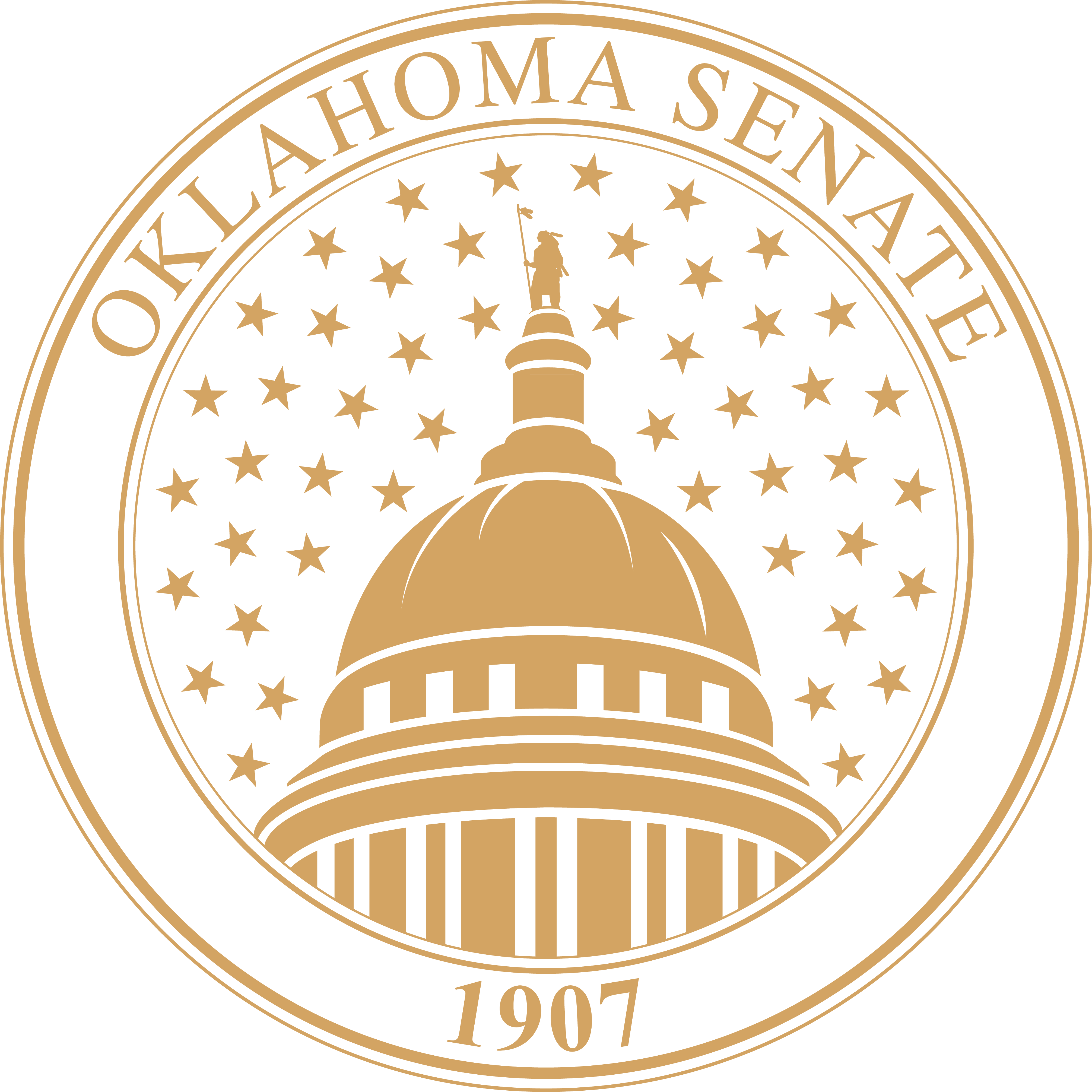Senate Leaders Propose $165 Million School Investment
In an effort to stimulate long-term economic growth in Oklahoma, Senate budget leaders are proposing an educational investment program that will pump an additional $165 million in the state's three branches of education next fiscal year.
"Education is always at the top of the list when we talk to industrial recruits. Unfortunately, because we trail most other states in the number of college graduates we produce and the amount of funding we invest in our schools, we miss out on some of the best jobs. That's why it's so crucial that we not only maintain our commitment to public education, but that we strengthen it," said Senator Darryl Roberts, D-Ardmore, chairman of the Senate Appropriations Subcommittee on Education.
Senator Roberts, Senate Appropriations Committee Chairman Kelly Haney and Senate Education Committee Chairman Penny Williams announced the education initiative today.
"Statistics tell us the state's that invest the most in education also enjoy the highest personal income levels. The only way for us to substantially raise our personal income in Oklahoma is to build a better education system that will attract the best businesses and the highest-paying jobs," said Senator Haney, D-Seminole.
Under the Senate program, common education would receive an additional $72 million, higher education $75 million and vocational-technical education $12 million. Another $5 million would be earmarked for research projects at the Oklahoma Center for the Advancement of Science and Technology.
The increases will be funded with the growth revenue that has been produced by Oklahoma's expanding economy.
"The improvements we've made in education over the past few years have helped fuel our economic growth. It's only appropriate we invest that growth dividend back into our public schools and students where it will do the most good," said Senator Williams.
In common education, some of the target investment areas would include career teacher pay raises, new technology (classroom computers, etc.), teacher preparation and development, early childhood education initiatives and alternative education programs. The package would also include $10 million in performance incentives that would be awarded to high-performing schools.
"We're not writing a blank check, we've got some very specific initiatives tied to this funding. In short, we want to reward our veteran teachers and make sure they have the best tools and technology available to prepare our kids for the jobs of tomorrow," said Senator Roberts.
The largest chunk of higher education funding some $41 million would be earmarked for institutional priorities such as faculty salary increases, new faculty positions, library acquisitions, lab services and research programs. Other areas of investment would include financial aid, new technology, summer academies and research.
"We took a good first step toward addressing the needs of higher education last year, but there are still so many more things to do at our colleges and universities. High-tech industries demand the best research universities, and that's what we're trying to produce in Oklahoma," said Senator Williams.
Vocational-technical funding will be used on a variety of economic initiatives, including high-wage/high-tech job training, training for existing industries, dropout recovery, welfare to work and safety training.
"We're hitting about every economic need we have with the vocational-technical programs. Safety training reduces workers comp costs, welfare to work decreases the AFDC caseload and high-tech job training helps create a skilled workforce for the very companies we want to attract.
"An additional investment in vo-tech means additional jobs for Oklahoma," said Senator Haney.
Economic development would also be the focus of the $5 million additional appropriation to OCAST.
"Research is crucial to new and expanding industries. OCAST can be an effective laboratory for economic initiatives and job creation if we properly fund it," added Senator Roberts.
Many of the reforms in the latest package were approved by the Legislature last year, but later vetoed by Governor Keating.
When it comes to funding public education, Oklahoma ranks in the bottom 10 nationally. A recent report by Education Week newspaper gave Oklahoma high marks for school reform, but low marks for education funding.
"We can't make the significant progress we need to make until our public schools our adequately funded. We're moving in that direction, but we're not there yet," concluded Senator Haney.
 Oklahoma Senate
Oklahoma Senate

